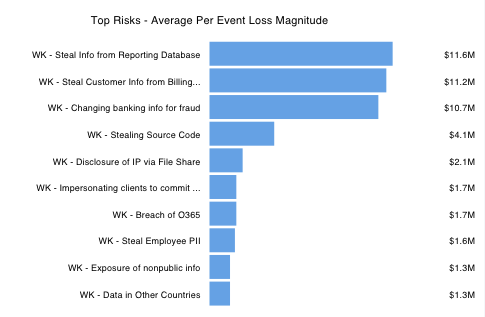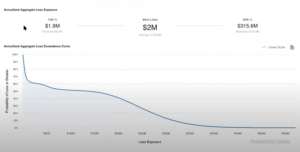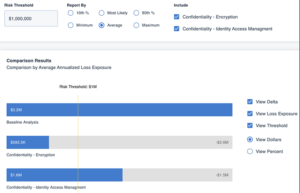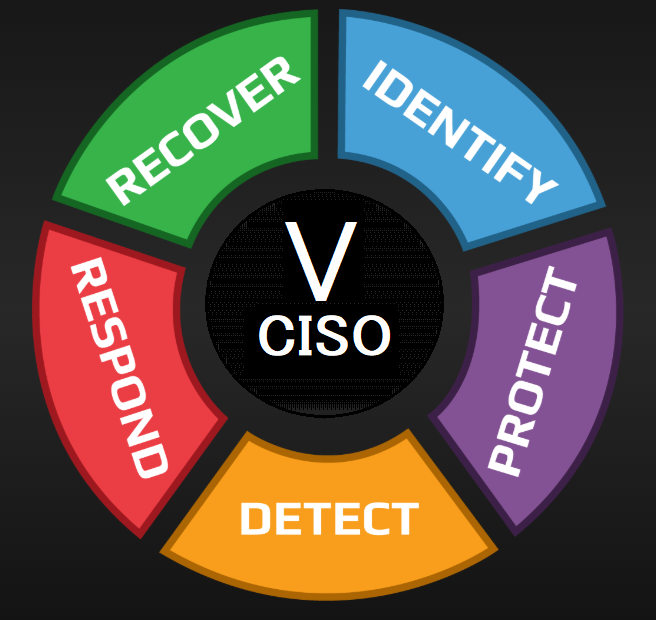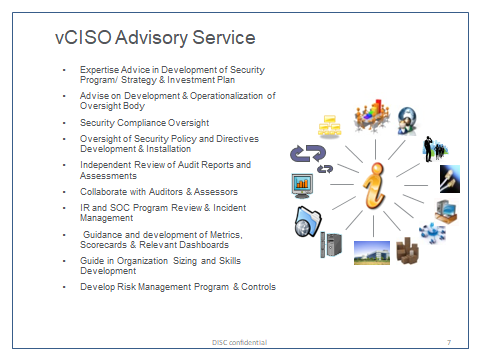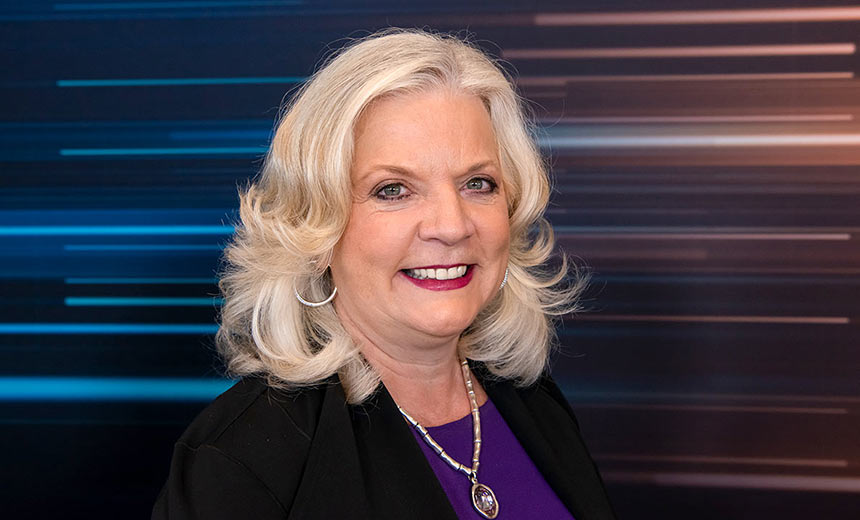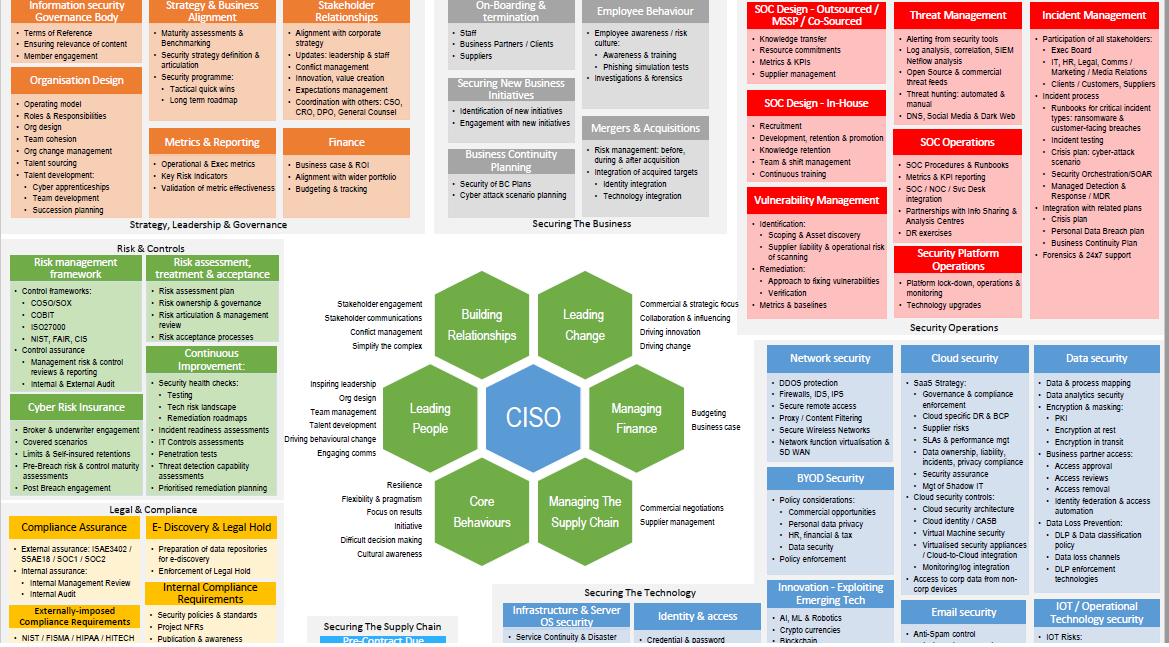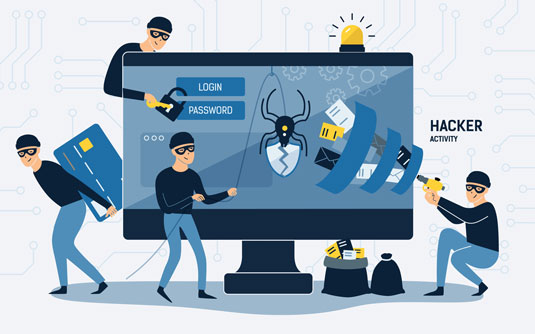“Not only do enterprises rely on OT, the public at large relies on this technology for vital services including energy and water. Unfortunately, cybercriminals are all too aware that critical infrastructure security is generally weak. As a result, threat actors believe ransomware attacks on OT are highly likely to pay off,” said Skybox Security CEO Gidi Cohen. “Just as evil thrives on apathy, ransomware attacks will continue to exploit OT vulnerabilities as long as inaction persists.”
The research unearths the uphill battle that OT security faces – comprised of network complexity, functional silos, supply chain risk, and limited vulnerability remediation options. Threat actors take advantage of these OT weaknesses in ways that don’t just imperil individual companies – but threaten public health, safety, and the economy.
Key takeaways
Organizations underestimate the risk of a cyberattack
Fifty-six percent of all respondents were “highly confident” their organization will not experience an OT breach in the next year. Yet, 83% also said they had at least one OT security breach in the prior 36 months. Despite the criticality of these facilities, the security practices in place are often weak or nonexistent.
CISO disconnect between perception and reality
Seventy-three percent of CIOs and CISOs are highly confident their OT security system will not be breached in the next year. Compared to only 37% of plant managers, who have more firsthand experiences with the repercussion of attacks. While some refuse to believe their OT systems are vulnerable, others say the next breach is around the corner.
Compliance does not equal security
To date, compliance standards have proven insufficient in preventing security incidents. Maintaining compliance with regulations and requirements was the most common top concern of all respondents. Regulatory compliance requirements will continue to increase in light of recent attacks on critical infrastructure.
Complexity increases security risk
Seventy-eight percent said complexity due to multivendor technologies is a challenge in securing their OT environment. In addition, 39% of all respondents said that a top barrier to improving security programs is decisions are made in individual business units with no central oversight.
Cyber liability insurance is considered sufficient by some
Thirty-four percent of respondents said that cyber liability insurance is considered a sufficient solution. However, cyber liability insurance does not cover costly “lost business” that results from a ransomware attack, which is one of the top three concerns of the survey respondents.
Exposure and path analysis are top cybersecurity priorities
Forty-five percent of CISOs and CIOs say the inability to conduct path analysis across the environment to understand actual exposure is one of their top three security concerns. Further, CISOs and CIOs said disjointed architecture across OT and IT environments (48%) and the convergence of IT technologies (40%) are two of their top three greatest security risks.
Functional silos lead to process gaps and technology complexity
CIOs, CISOs, Architects, Engineers, and Plant Managers all list functional silos among their top challenges in securing OT infrastructure. Managing OT security is a team sport. If the team members are using different playbooks, they are unlikely to win together.
Supply chain and third-party risk is a major threat
Forty percent of respondents said that supply chain/third-party access to the network is one of the top three highest security risks. Yet, only 46% said their organization as a third-party access policy that applied to OT.
CISO COMPASS: Navigating Cybersecurity Leadership Challenges with Insights from Pioneers












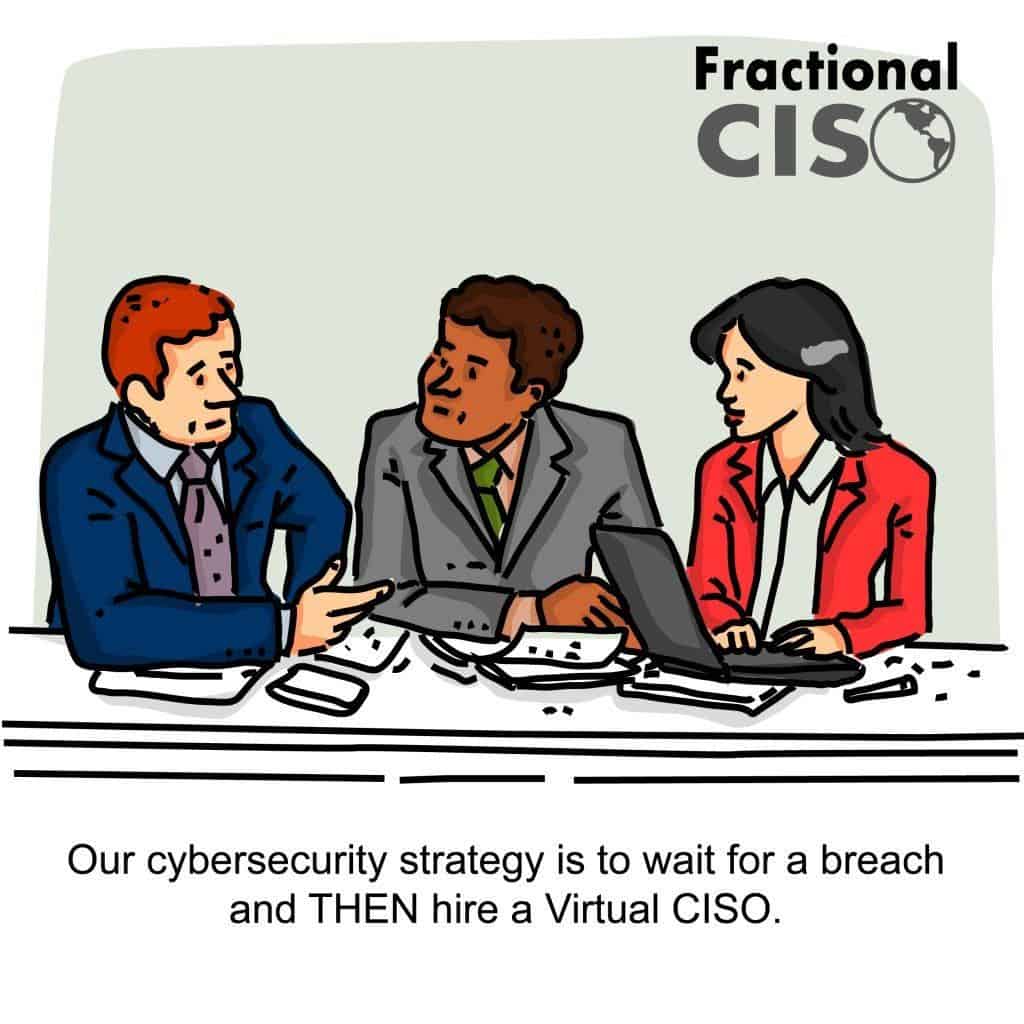

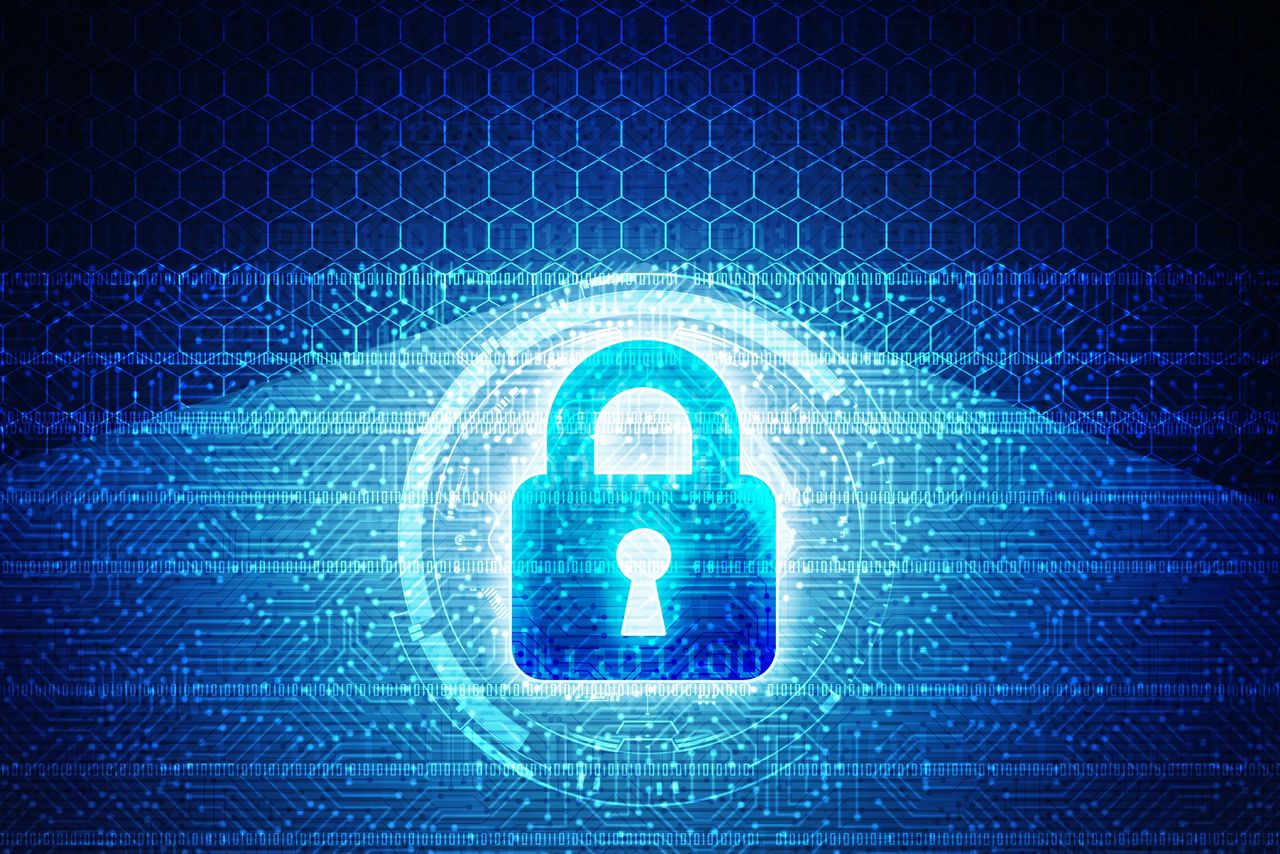


![Secure & Simple – A Small-Business Guide to Implementing ISO 27001 On Your Own: The Plain English, Step-by-Step Handbook for Information Security Practitioners by [Dejan Kosutic]](https://m.media-amazon.com/images/I/51BN2rT3+yL.jpg)


